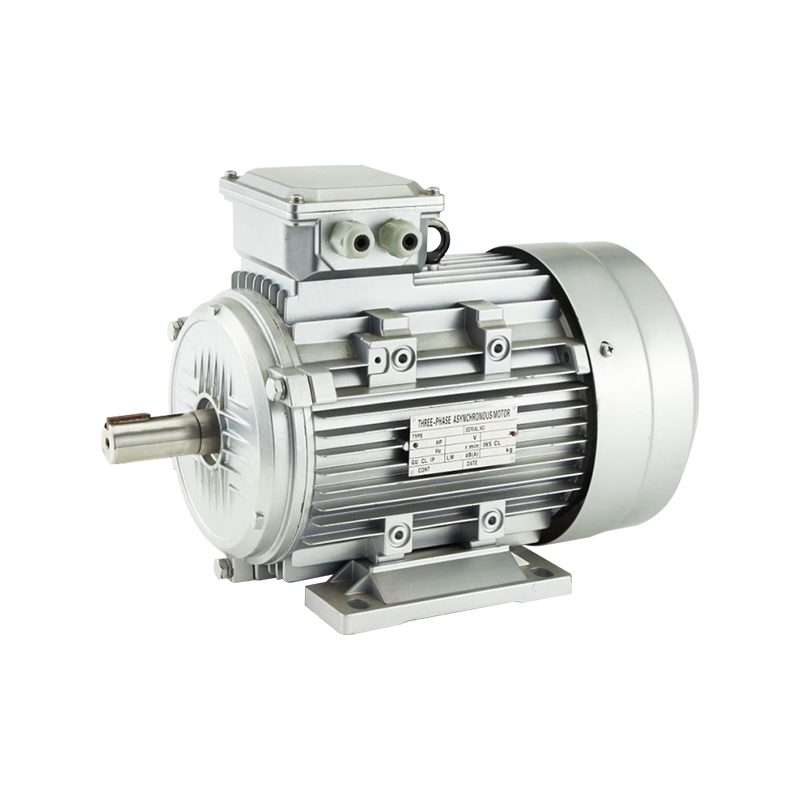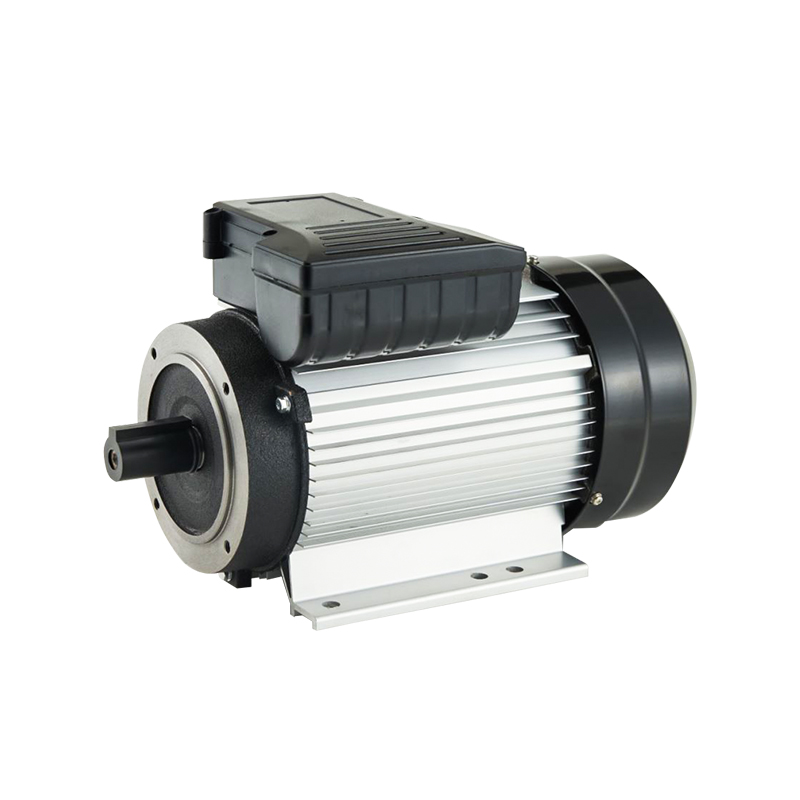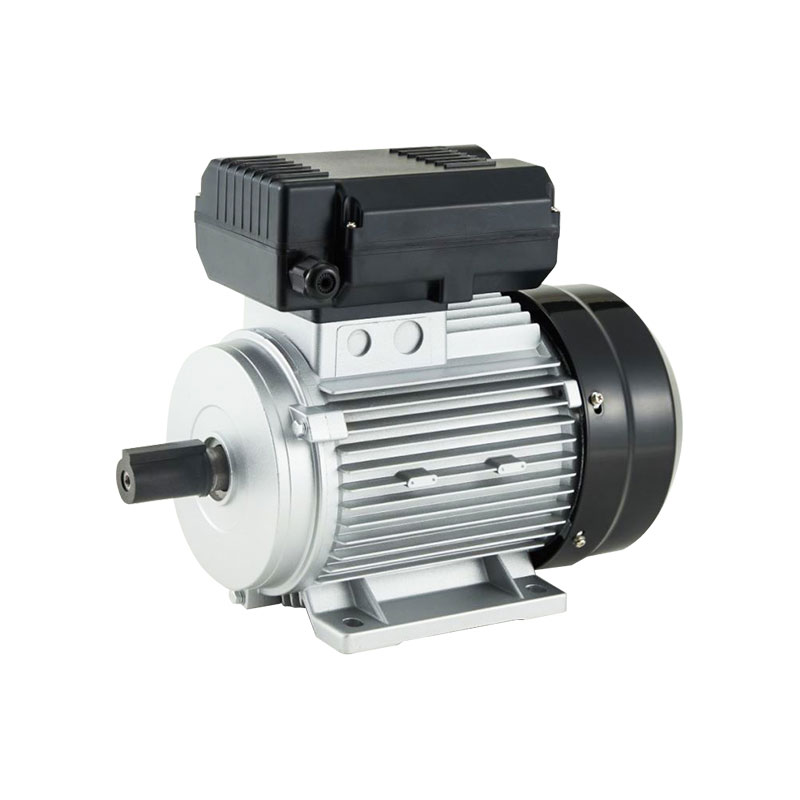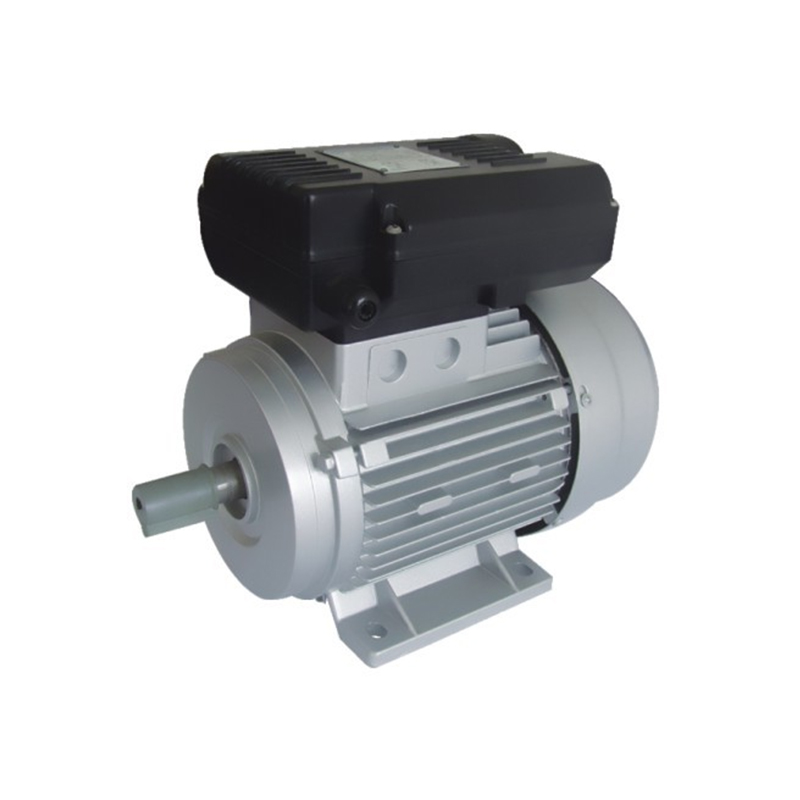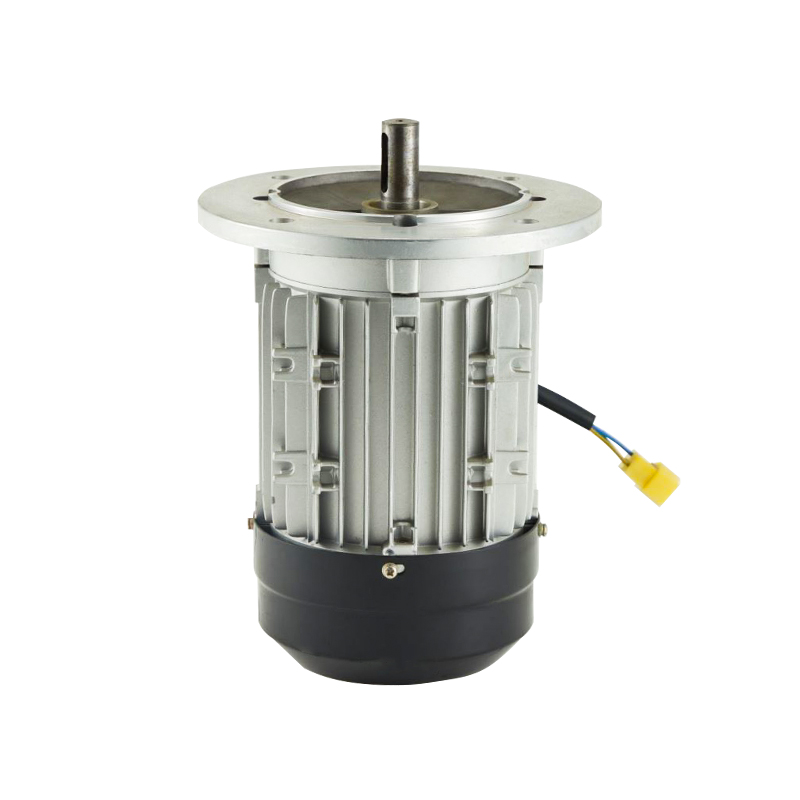Synchronous motors, particularly those using permanent magnets (PM), are widely used in industrial applications, from automation systems to electric vehicles and precision control equipment. The integration of permanent magnets into the design of synchronous motors greatly affects their performance, efficiency, and overall functionality. This article will explore how permanent magnets impact the design of synchronous motors, especially in applications involving brushless AC servo motors, 3 phase brushless AC motor, and permanent magnet fans.
1. The Role of Permanent Magnets in Synchronous Motors
Permanent magnets play a critical role in the operation of synchronous motors by providing a constant magnetic field that interacts with the rotating part of the motor, known as the rotor. In conventional synchronous motors, this magnetic field is typically generated by electromagnets powered by an external source. However, when permanent magnets are used, they provide the magnetic field without the need for continuous electrical excitation.
This design approach advances to a reduction in energy consumption since the motor no longer requires an external power source to create the magnetic field. This makes PM synchronous motors more efficient, particularly in low-load or idle conditions. In applications such as 3 phase brushless AC motor or permanent magnet fans, this characteristic is especially advantageous, where energy efficiency is paramount.
2. Magnetic Material Selection and Motor Performance
The choice of magnetic material for the permanent magnets directly influences the motor's performance. Modern synchronous motors typically use precious-earth magnets like neodymium (NdFeB), which offer strong magnetic properties. These materials can produce a powerful and stable magnetic field, allowing for high torque output, even in compact designs.
In brushless AC servo motors, where precision and torque control are vital, the strength of the permanent magnet field ensures that the motor can achieve precise positioning and speed control. This makes it suitable for applications in robotics, CNC machinery, and automated production lines. However, designers must consider the potential demagnetization of magnets under high temperatures, which can degrade motor performance over time.
3. Efficiency and Power Density Considerations
Permanent magnet synchronous motors (PMSMs) are known for their high power density and efficiency compared to their induction motor counterparts. The presence of permanent magnets in the rotor eliminates the need for additional components, such as slip rings or brushes, reducing friction and wear. This results in smoother operation, lower maintenance requirements, and longer service life.
For 3 phase brushless AC motor, this design contributes to improved efficiency across a wide range of speeds. These motors are often used in industrial automation, electric vehicles, and HVAC systems, where the balance between power and energy efficiency is essential. The compact nature of permanent magnet motors also allows for better integration into constrained spaces, such as in small electric vehicles or cooling systems where permanent magnet fans are used.
4. Impact on Motor Control Systems
The integration of permanent magnets in synchronous motors also affects the motor control system. Since PM motors operate synchronously with the supply frequency, precise control of the motor's speed and position becomes simpler. Advanced control methods such as vector control or field-oriented control (FOC) can be implemented more effectively due to the stability of the magnetic field provided by the permanent magnets.
Brushless AC servo motors, for example, rely on these control systems to achieve accurate torque and speed regulation. The constant magnetic field provided by the permanent magnets ensures that the control system can react quickly to changes in load, making the motor more responsive to external demands.
However, designing the control system for a permanent magnet motor requires careful tuning to prevent overheating and avoid magnetic saturation. Proper thermal management is also crucial, as excess heat can reduce the performance of the permanent magnets, particularly in high-torque or high-speed applications.
5. Thermal Management and Structural Design
One of the primary challenges in the design of permanent magnet synchronous motors is thermal management. Permanent magnets are sensitive to temperature changes, and excessive heat can result in a reduction in magnetic strength or even permanent damage to the magnets.
To address this, motor designers often incorporate advanced cooling techniques, such as air or liquid cooling systems, to maintain good operating temperatures. Additionally, the structural design of the motor must account for heat dissipation, with materials and layouts chosen to enhance thermal conductivity and lessen the risk of overheating.
In applications like permanent magnet fans, where airflow is a critical component of the motor's functionality, the motor's structure must support efficient cooling while maintaining a compact form factor. This balance ensures that the motor can perform consistently even in demanding environments.
6. Conclusion
The integration of permanent magnets in the design of synchronous motors has significantly influenced their efficiency, performance, and control characteristics. By eliminating the need for external excitation, PM synchronous motors are able to deliver higher power density, improved efficiency, and greater reliability in various applications, including brushless AC servo motors, 3 phase brushless AC motor, and permanent magnet fans.
However, designers must carefully consider factors such as thermal management, magnetic material selection, and control system integration to fully leverage the benefits of permanent magnets in synchronous motors. By addressing these design challenges, synchronous motors equipped with permanent magnets will continue to play a crucial role in the advancement of modern industrial and consumer applications.


